HOPPER, Grace Murray (1906-1992). "The education of a computer." In: Association for Computing Machinery. Proceedings... (Pittsburgh, 1952): 243-49. May 2 and 3, 1952. Pittsburgh: Richard Rimbach Associates for the Association of Computing Machinery, 1952. 4 o. Spiral bound in original printed wrappers; boxed. Grace Murray Hopper, "first lady of software and first mother-teacher of all computer programmers", was introduced to computing in 1944, when she was assigned to the Bureau of Ordnance's Computation Project at Harvard University, run by Howard Aiken. During the first decades of the postwar computer industry, Hopper became an innovator and developer of high-level computer languages, writing the first compiler (the A-0) in 1952 and the first English-language data-processing compiler, B-0 (Flow-matic) in 1957. Through her work with Flow-matic, Hopper exerted an indirect but enormous influence on the development of the early programming language COBOL, which took Flow-matic as its model. Hopper was affiliated with the United States Navy for most of her adult life, attaining the rank of rear admiral in 1985. She was also a senior mathematician and head of UNIVAC programming at the Eckert-Mauchly Computer Corporation, joining the company in 1949 and remaining with it (and its successors, Remington-Rand and Sperry-Rand) until her retirement in 1971. In her paper on "The education of a computer," delivered at the May 1952 meeting of the Association for Computing Machinery in Pittsburgh, Hopper discussed the compiling routines (such as A-0) and other programming tools then being developed at Remington-Rand so that "the programmer may return to being a mathematician" (p. 244). She also expressed her views on computing and programming in general, anticipating a number of future developments: that programming -- i.e, software -- would become more expensive than hardware, and that computer programming would have commercial as well as mathematical applications. On a more technical level, there are glimmerings of many tools and techniques concerning compilers that we now accept as commonplace: the subroutine library, complete with specifications; the translation of a formula into its elementary components, the prime function of a compiler; the subroutine interface and relative addressing, which obviates the need to recompile it for each use; the linking loader; and code optimization. Hopper even anticipates symbolic manipulation. From Gutenberg to the Internet 9.5. OOC 662, 439.
HOPPER, Grace Murray (1906-1992). "The education of a computer." In: Association for Computing Machinery. Proceedings... (Pittsburgh, 1952): 243-49. May 2 and 3, 1952. Pittsburgh: Richard Rimbach Associates for the Association of Computing Machinery, 1952. 4 o. Spiral bound in original printed wrappers; boxed. Grace Murray Hopper, "first lady of software and first mother-teacher of all computer programmers", was introduced to computing in 1944, when she was assigned to the Bureau of Ordnance's Computation Project at Harvard University, run by Howard Aiken. During the first decades of the postwar computer industry, Hopper became an innovator and developer of high-level computer languages, writing the first compiler (the A-0) in 1952 and the first English-language data-processing compiler, B-0 (Flow-matic) in 1957. Through her work with Flow-matic, Hopper exerted an indirect but enormous influence on the development of the early programming language COBOL, which took Flow-matic as its model. Hopper was affiliated with the United States Navy for most of her adult life, attaining the rank of rear admiral in 1985. She was also a senior mathematician and head of UNIVAC programming at the Eckert-Mauchly Computer Corporation, joining the company in 1949 and remaining with it (and its successors, Remington-Rand and Sperry-Rand) until her retirement in 1971. In her paper on "The education of a computer," delivered at the May 1952 meeting of the Association for Computing Machinery in Pittsburgh, Hopper discussed the compiling routines (such as A-0) and other programming tools then being developed at Remington-Rand so that "the programmer may return to being a mathematician" (p. 244). She also expressed her views on computing and programming in general, anticipating a number of future developments: that programming -- i.e, software -- would become more expensive than hardware, and that computer programming would have commercial as well as mathematical applications. On a more technical level, there are glimmerings of many tools and techniques concerning compilers that we now accept as commonplace: the subroutine library, complete with specifications; the translation of a formula into its elementary components, the prime function of a compiler; the subroutine interface and relative addressing, which obviates the need to recompile it for each use; the linking loader; and code optimization. Hopper even anticipates symbolic manipulation. From Gutenberg to the Internet 9.5. OOC 662, 439.


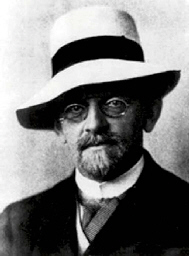



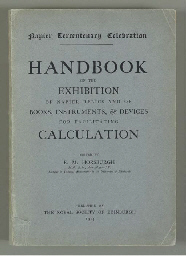
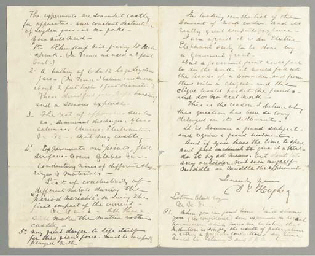
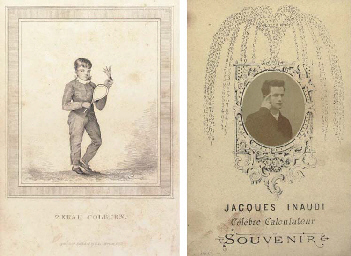
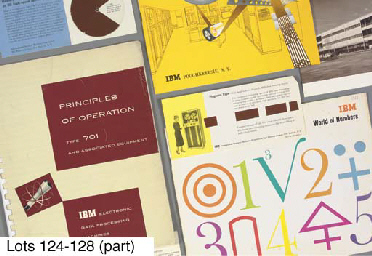
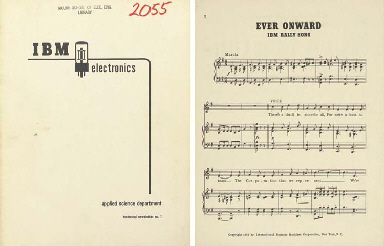
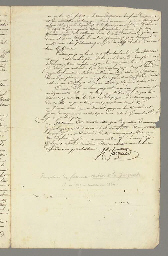


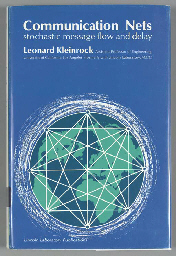
Testen Sie LotSearch und seine Premium-Features 7 Tage - ohne Kosten!
Lassen Sie sich automatisch über neue Objekte in kommenden Auktionen benachrichtigen.
Suchauftrag anlegen